This article was medically reviewed by Troy A. Miles, MD. Dr. Miles is an Orthopedic Surgeon specializing in Adult Joint Reconstruction in California. He received his MD from the Albert Einstein College of Medicine in 2010, followed by a residency at the Oregon Health & Science University and fellowship at the University of California, Davis. He is a Diplomat of the American Board of Orthopaedic Surgery and is a member of the American Association of Hip and Knee Surgeons, American Orthopaedic Association, American Association of Orthopaedic Surgery, and the North Pacific Orthopaedic Society.
There are 8 references cited in this article, which can be found at the bottom of the page.
This article has been viewed 106,618 times.
Scoliosis is an abnormal curvature of the spine that usually affects the mid-back or thoracic region between the shoulder blades. Looked at from the side, your spine should have a gentle S-curve running from the base of your skull to your tailbone.[1] However, looked at from the back (rear), your spine should be straight and not deviate to either side. If it does curve to the right or left, then you have some form of scoliosis. Unfortunately, the vast majority of cases, especially those that develop in childhood (idiopathic scoliosis), cannot be prevented — although the progression can sometimes be curtailed.[2] On the other hand, some forms of adult-onset scoliosis can be prevented by practicing good posture, maintaining symmetry when exercising and eating well.
Steps
Slowing the Progression of Childhood Scoliosis
-
1Consult with your doctor. If you think your child has scoliosis, either due to a positive screening at school or because somebody noticed that your child's back / body looks lopsided, then make an appointment with your family doctor or a medical specialist, such as an orthopedist.
Scoliosis can progress very quickly in teenagers, so the sooner you seek medical advice the better.[3] Doctors cannot prevent scoliosis completely, but they can properly assess it and provide you with options to combat its progression.- The doctor will likely take an x-ray and measure the angle of your child's scoliotic curve. Scoliosis is not considered very significant until the curve is greater than 25 – 30 degrees.[4]
- Scoliosis affects females more than males and it runs in families, so it can be hereditary in some cases.
-
2Ask your doctor about spinal bracing. A common option for teenagers with progressive cases of scoliosis is wearing a back brace. Bracing can't prevent scoliosis, but it can help keep it from getting worse in some cases.[5]
Depending on how serious the scoliosis is and where the unnatural curves are, braces can be made of rigid plastic or stretchy elastic with metal inserts. They typically cover most of the torso and can be worn underneath clothing.
Brace treatment is generally used when: a curve is greater than or equal to 25 degrees and appears to be progressing quickly, or the curve is discovered at a young age when the spine is still growing and is already over 30 degrees.- Most braces are worn at least 16 hours a day for many months or even a few years — until the spine stops growing.
- Several studies conclude that back bracing for scoliosis can keep spinal curves from getting large enough to require surgery.[6]
- In general, about 1/4 of children / teens with scoliosis may benefit from back bracing.[7]
Advertisement -
3Talk to your doctor about spinal surgery. Spinal surgery should be considered the last resort for scoliosis, but in some cases it is necessary to stop the deformity from progressing and causing health problems (from crowded organs) and long-term chronic pain and disability.
Scoliosis surgery involves fusing together two or more vertebrae with bone grafts and inserting metal rods or other hard devices to keep the spine straight and well supported.[8] .
Scoliosis surgery is used mainly to correct a significant curve or stop it from progressing while a teenager is still growing, and not for adults who have more mild forms of scoliosis. However, spinal fusion is not uncommon for older adults who have scoliosis or hyperkyphosis (hunchback appearance) from osteoporotic fractures of the mid back.- Stainless steel or titanium rods are used to support spine until the bone fusion is complete. Metal rods are attached to the spine with screws, hooks, and/or wires.
- Potential complications from spinal surgery include infection, excessive blood loss, allergic reaction to anesthesia, nerve damage / paralysis and chronic pain.
Preventing Scoliosis as an Adult
-
1Understand the causes of adult scoliosis. Most cases of adult scoliosis are idiopathic, meaning there is no known reason why the person developed it. Other potential causes include:[9]
- Congenital curve — This means you were born with scoliosis. It may have been overlooked when you were a child, but may have worsened over time.
- Paralytic curve — If the muscles surrounding your spine begin to fail, the spine may slowly begin to curve out of place, leading to scoliosis. This is often caused by a spinal cord injury and may eventually cause paralysis.
- Secondary causes — Scoliosis may occur due to a different spinal condition, such as degeneration, osteoporosis, osteomalacia, or following spinal surgery.
-
2Understand the limitations of preventing scoliosis. Unfortunately, there is little that can be done to prevent scoliosis in adults; instead, focus is placed on relieving pain associated with scoliosis.[10] In severe cases, surgery may be necessary, but otherwise you will likely focus on strengthening your spine and managing pain.[11]
-
3Increase strength, flexibility, and range of motion with exercise.[12] There are some things you can do to strengthen your muscles and possibly prevent scoliosis from worsening or from increased pain. Physical therapy and water therapy can be helpful, and chiropractic treatment may improve pain.[13]
- Speak with a licensed physical therapist to develop a program tailored to strengthening your muscles and keeping your back flexible.[14]
- Water or pool therapy can take some of the stress off your joints, allowing you to focus on strengthening the muscles in your back without the limitations of gravity.[15]
- A chiropractor can help keep your facet joints supple and help with pain.[16]
-
4Eat nutritious foods. In order to maintain strong, straight and healthy vertebrae and other bones of the body, you need to regularly eat foods rich in certain minerals and vitamins.
More specifically, calcium, magnesium and phosphorus form the mineral matrix of your bones (spine too), and a dietary deficiency in any of these can lead to weak and brittle bones (osteoporosis) that are susceptible to breaking. Once the vertebrae start to fracture and degrade, the spine can list to one side and develop into what's called degenerative adult scoliosis.[17]
Vitamin D is also an important nutrient for strong bones because it's needed for calcium absorption in the intestines. Not enough vitamin D leads to "soft" bones (called rickets in children or osteomalacia in adults) that are easily deformed or unnaturally curved.- Rich food sources of calcium include: collard greens, kale, spinach, sardines, tofu, dairy products, almonds and sesame seeds.
- Vitamin D is produced by your skin in response to intense sunshine, although many people try to avoid the sun. Vitamin D isn't found in many foods, but the best sources are: fatty fish (salmon, tuna, mackerel), fish oils, beef liver, hard cheese and egg yolks.
References
- ↑ http://www.sportsinjuryclinic.net/sport-injuries/low-back-pain/scoliosis
- ↑ https://www.dukemedicine.org/blog/good-posture-important-it-wont-prevent-scoliosis
- ↑ http://www.niams.nih.gov/Health_Info/Scoliosis/scoliosis_ff.asp
- ↑ https://www.medtronic.com/us-en/patients/conditions/scoliosis.html
- ↑ http://orthoinfo.aaos.org/topic.cfm?topic=A00636
- ↑ http://orthoinfo.aaos.org/topic.cfm?topic=A00636
- ↑ https://www.dukemedicine.org/blog/good-posture-important-it-wont-prevent-scoliosis
- ↑ http://www.niams.nih.gov/Health_Info/Scoliosis/scoliosis_ff.asp
- ↑ https://www.umms.org/ummc/health-services/orthopedics/services/spine/patient-guides/scoliosis
- ↑ http://www.spine-health.com/conditions/scoliosis/adult-scoliosis-treatment
- ↑ http://www.spine-health.com/conditions/scoliosis/adult-scoliosis-treatment
- ↑ http://www.spine-health.com/conditions/scoliosis/adult-scoliosis-treatment
- ↑ http://www.spine-health.com/conditions/scoliosis/adult-scoliosis-treatment
- ↑ http://www.spine-health.com/conditions/scoliosis/adult-scoliosis-treatment
- ↑ http://www.spine-health.com/conditions/scoliosis/adult-scoliosis-treatment
- ↑ http://www.spine-health.com/conditions/scoliosis/adult-scoliosis-treatment
- ↑ https://www.umms.org/ummc/health-services/orthopedics/services/spine/patient-guides/scoliosis
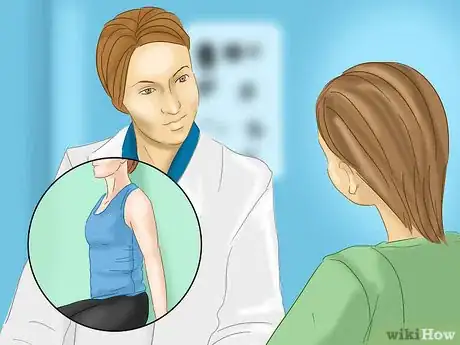

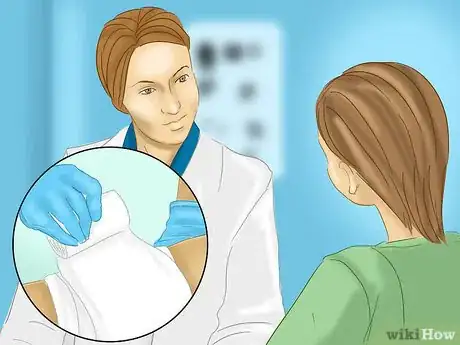
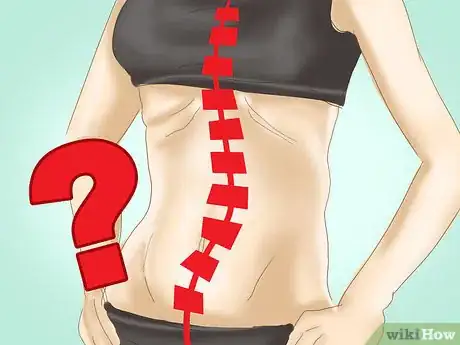
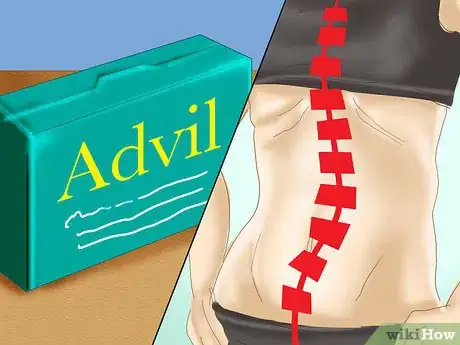

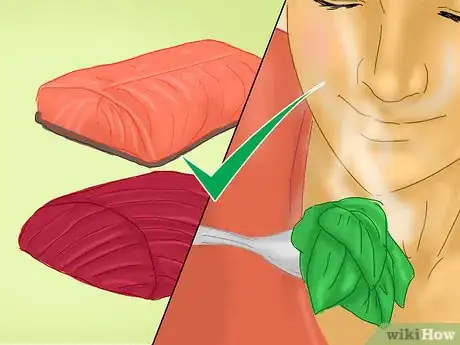

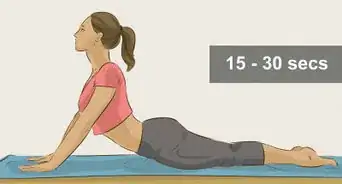
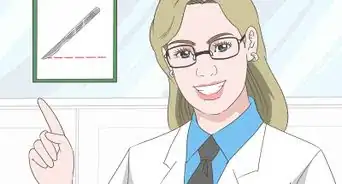
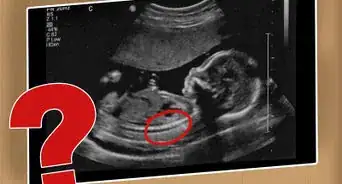

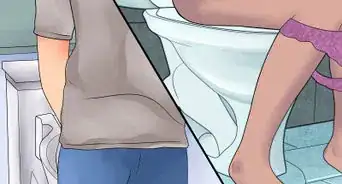
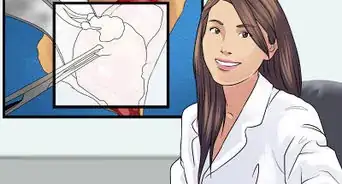
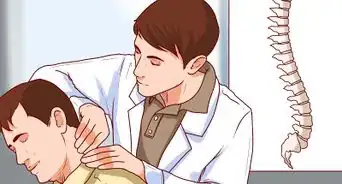

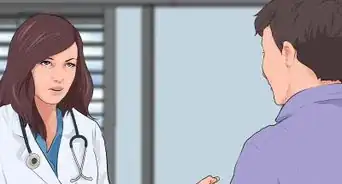
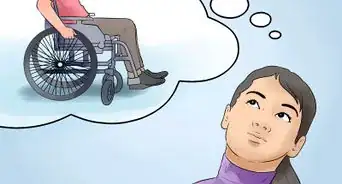
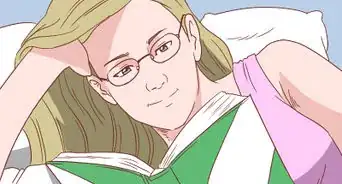
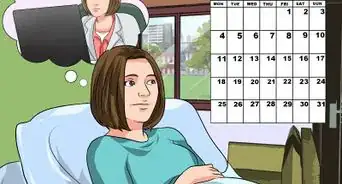
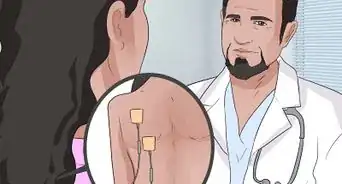










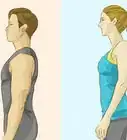
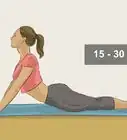
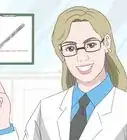
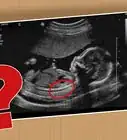



































Medical Disclaimer
The content of this article is not intended to be a substitute for professional medical advice, examination, diagnosis, or treatment. You should always contact your doctor or other qualified healthcare professional before starting, changing, or stopping any kind of health treatment.
Read More...